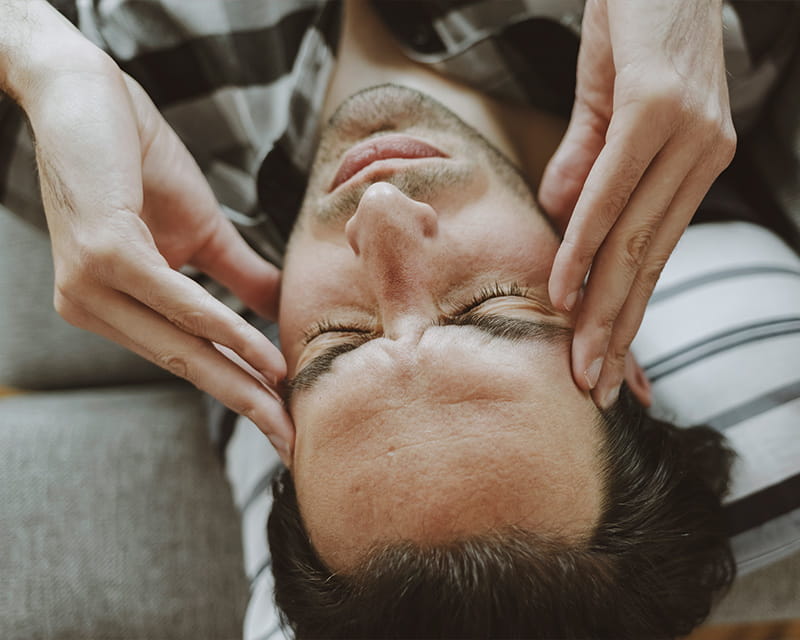
An innovative treatment for chronic post-traumatic headaches
Program Integrates Neuromodulation with Established Therapies
Reducing reliance on pain medication, including opiates, in Medicare and Medicaid chronic pain patients is the focus of a unique, holistic Ohio State Neuromodulation Operation Wellness (NOW) program.
“If we can stimulate the brain with neuromodulation so people don’t feel pain with the same intensity they did before, they can get better sleep and possibly greater benefit from other modalities like physical therapy and cognitive therapy,” says program director Marcia Bockbrader, MD, PhD, a physical medicine and rehabilitation physician at Ohio State.
Participants receive 30 transcranial magnetic stimulation (TMS) sessions over six weeks. NOW integrates TMS with other modalities, such as cognitive behavioral therapy, counseling on sleep hygiene, and nutrition, exercise, massage and yoga.
“We want to look at people with chronic pain who have limited resources and address multiple components of their problem. Borrowing from a performance optimization model, we’ll monitor how they’re responding to TMS, and evaluate their sleep, diet and mental health.”
The program is designed for people with neck and low back pain, knee pain, traumatic brain injury, regional sympathetic dystrophy and other chronic pain syndromes.
Funded by the state of Ohio, NOW currently focuses on Medicaid and Medicare patients. Dr. Bockbrader, who is an assistant professor at the College of Medicine, says her team started on a small scale with five patients in early 2019 to test how to best use and integrate multiple therapies so people can live their lives more fully and comfortably. Dr. Bockbrader and colleagues plan to expand the program’s reach to include injured workers, first responders and veterans.
“These populations often are vulnerable and don’t have access to good programs available through private insurance,” Dr. Bockbrader says. “We see this program growing gradually to include hundreds of people in the next year or so.”
Health experts who come together to deliver the program include:
Physical medicine and rehabilitation specialists, some trained in addiction medicine, who lead the team
“Our goal is to focus on the positive and help people to live a life of wellness,” Dr. Bockbrader says. “Research shows that neuromodulation works through glutamate receptors to block the effects of pain.” When people who are typically hypersensitive to pain receive neuromodulation, studies show they return to a more normal perception of pain.
“This effect becomes more ingrained and more lasting with additional sessions,” she adds. “People notice a change in sleep patterns and feel better rested.”
Early results are encouraging: “People are spontaneously reducing opioid use without us asking. They’re going out and doing things they didn’t do before – going to the gym or doing home remodeling projects. They are in the process of gradually changing their lives.”
The NOW program is building a database to track successful therapies and combinations of therapies. This will help the program apply lessons learned to optimize care plans for future patients.